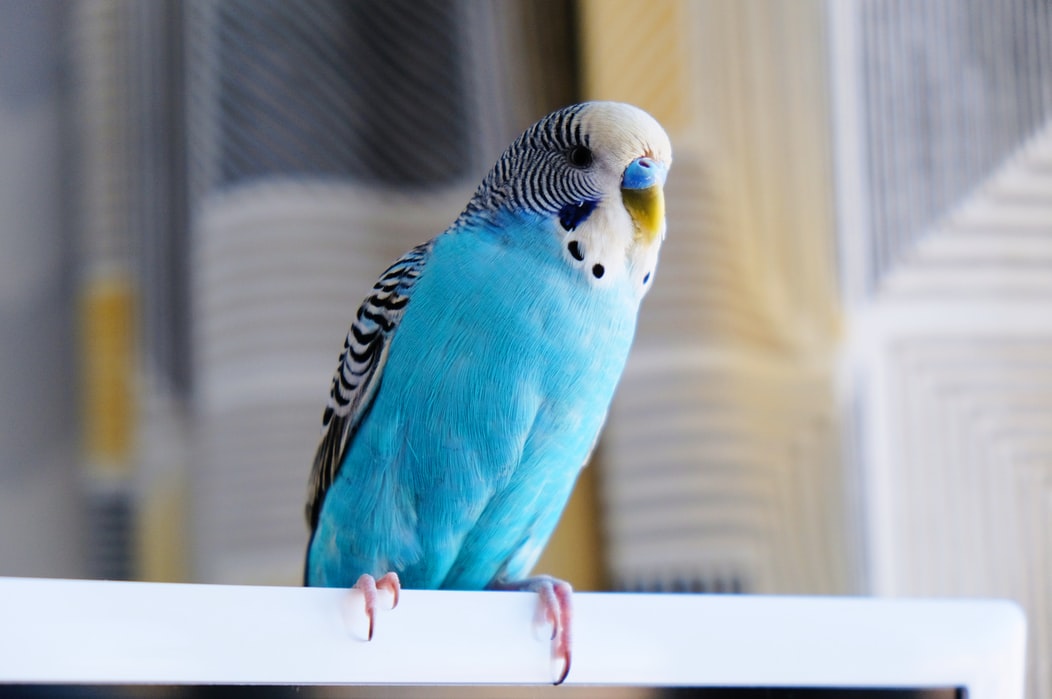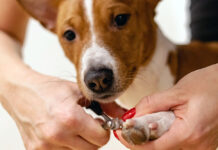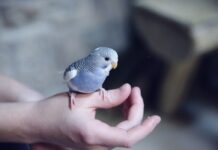Taking care of parakeets involves quite a few things. But once you get the hang of it, it’s really quite simple.
The common pet parakeet (budgie) is an intelligent and beautiful pet to own. Before bringing one home from the pet store or breeder, you’ll need certain supplies related to taking care of parakeets. First of all you’ll need a good cage and the right food. And you’ll also need to know how to treat your bird in the safest way possible.
Parakeet Cages
When choosing a cage for your new parakeet, try and get the largest cage you can find. It should be big enough so that your parakeet can spread his/her wings out to their full span. But make sure it’s designed for small birds and parakeets – not larger birds such as cockatiels, cockatoos or parrots. This is mainly due to the space between the metal bars. If the space is too large, a parakeet can get his/her head caught between them and become seriously injured.
The parakeet cage should have a pullout bottom tray for easy cleaning. And if you can find one, a cage with a raised, grilled floor is wonderful. It helps keep them off their dirty, messy floor. Line the bottom tray of their cage with an absorbent material such as newspaper, paper sacks, etc.
Make sure the cage has a swing and at least a couple of perches too. Buy a cuttlebone and attach it to the inside of the cage, because parakeets like to chew on things – and it will help keep their beak trim.
Place their cage in a quiet, draft-free area. You can use towels to shield off sides of their cage if you need to. And always cover up the top ½ to ¾ of their cage at bedtime with towels to tell them it’s night time and to quiet them down.
Feeding Parakeets
Choose a good quality seed, designed for birds such as parakeets, as a staple diet. And supplement this with parakeet vitamin drops. Make sure you clean their food and water dishes daily.

Be Gentle
Try not to make loud noises or sudden movements around your parakeet – they frighten easily. When you first get your bird, place your hand in their cage for a few minutes at a time, while gently talking or singing to them. Do this a few times a day for the first week. This will show the parakeet that you’re not a threat and will help to establish a bond. Don’t move your hand around a lot in the cage, be slow and deliberate with any movements. Eventually the parakeet may let you pet him/her or even hop on your hand.
Whenever you open your parakeet’s cage, make sure all the doors and windows are closed. And keep any other animals out of the room. A parakeet can get out of their cage in a flash.
Parakeet Exercise
After the first week, it’s a good idea to let your parakeet out of their cage to fly around the room for a while – make sure it’s a small room. Exercise is extremely important for parakeets, and flying is the only way they can get it. You might want to place their cage on the floor the first few times, so they can easily return to it when they get tired. And they’ll tire out pretty fast the first week or two. You might want to do this in the smallest room possible (bathroom, small bedroom, etc.) the first few times, so your parakeet doesn’t crash and get stuck behind a bookcase or big piece of furniture. They’re very weak flyers the first few times, but they eventually get their strength up, and become excellent flyers.






















